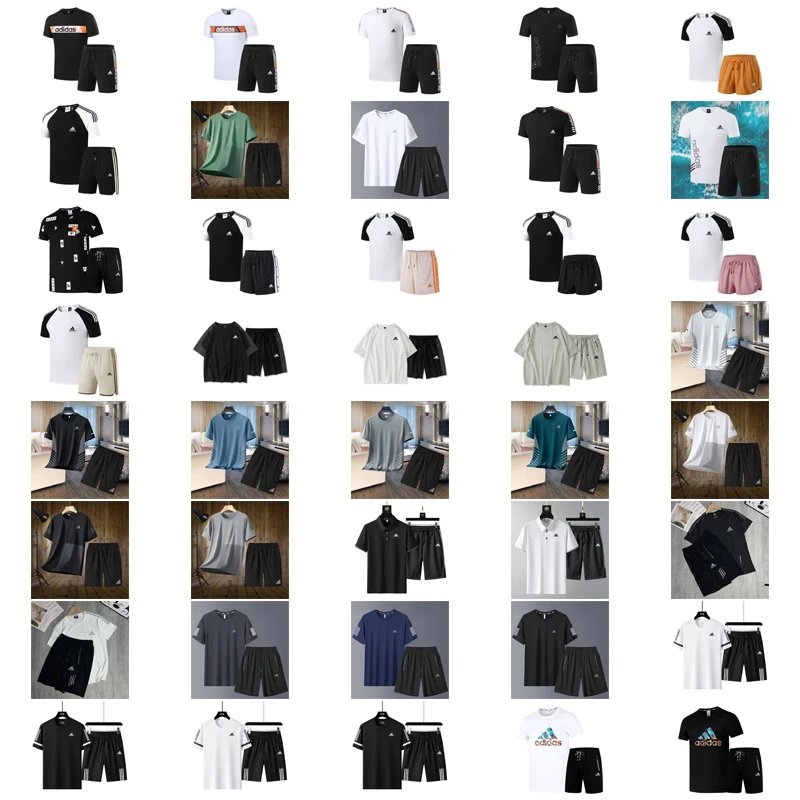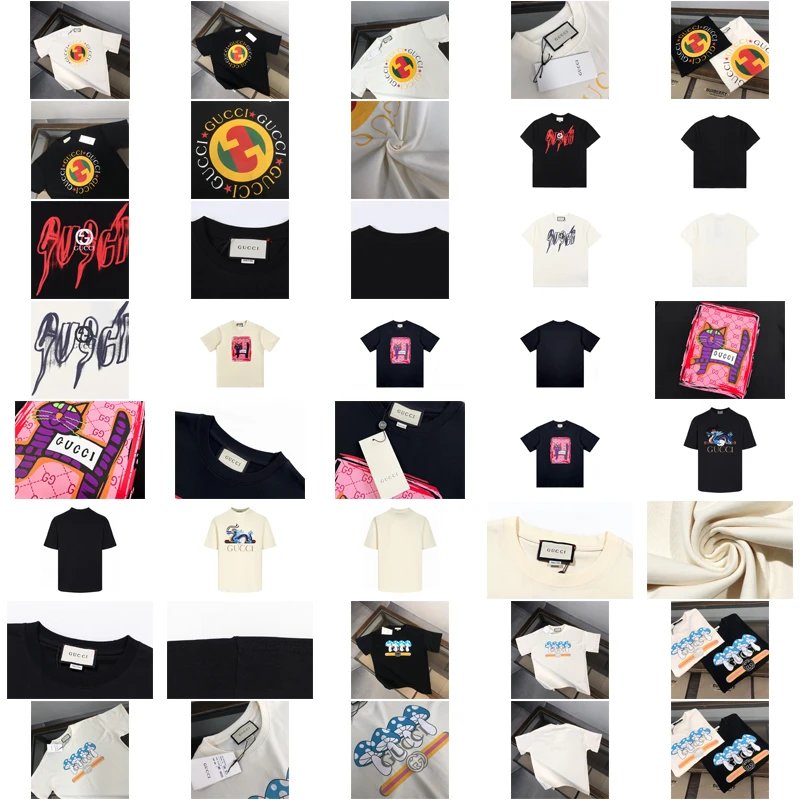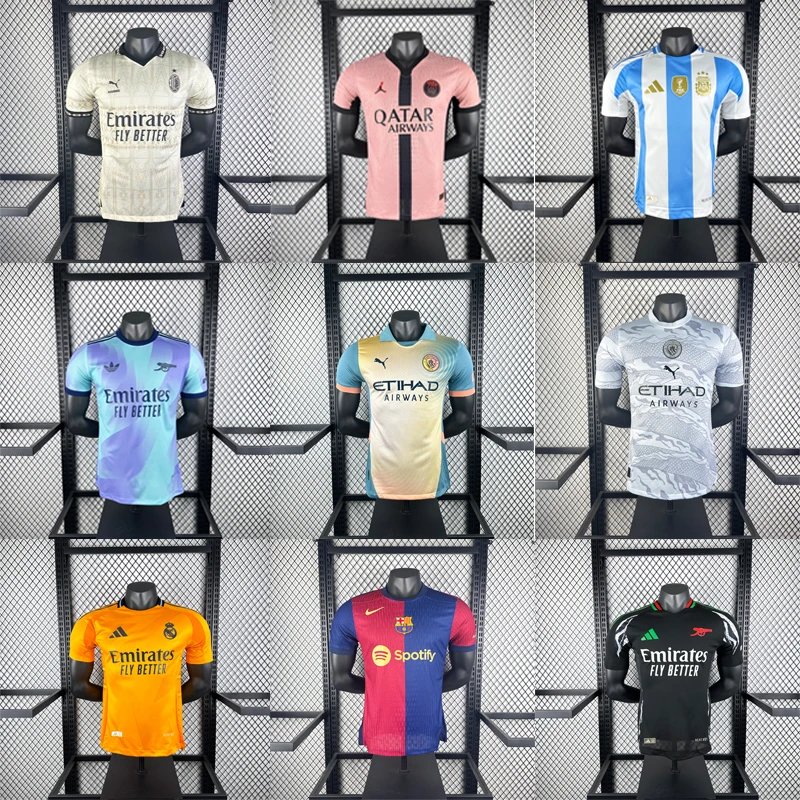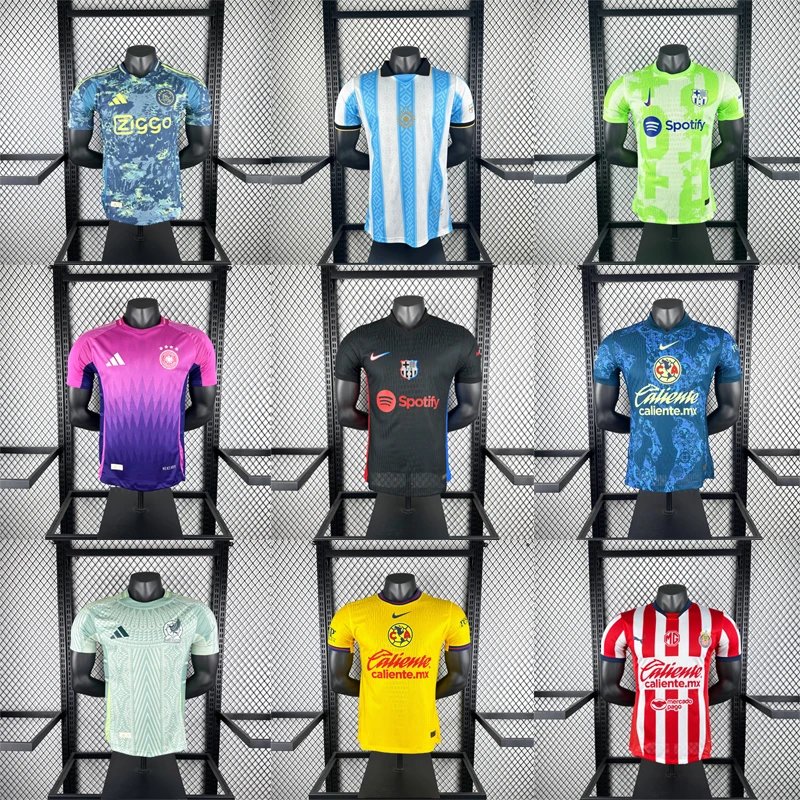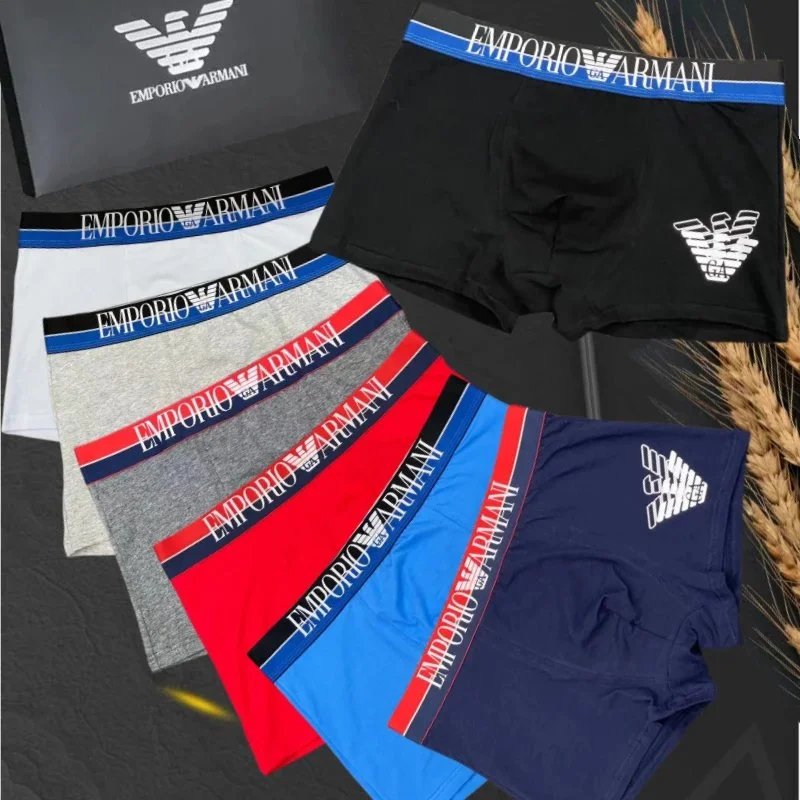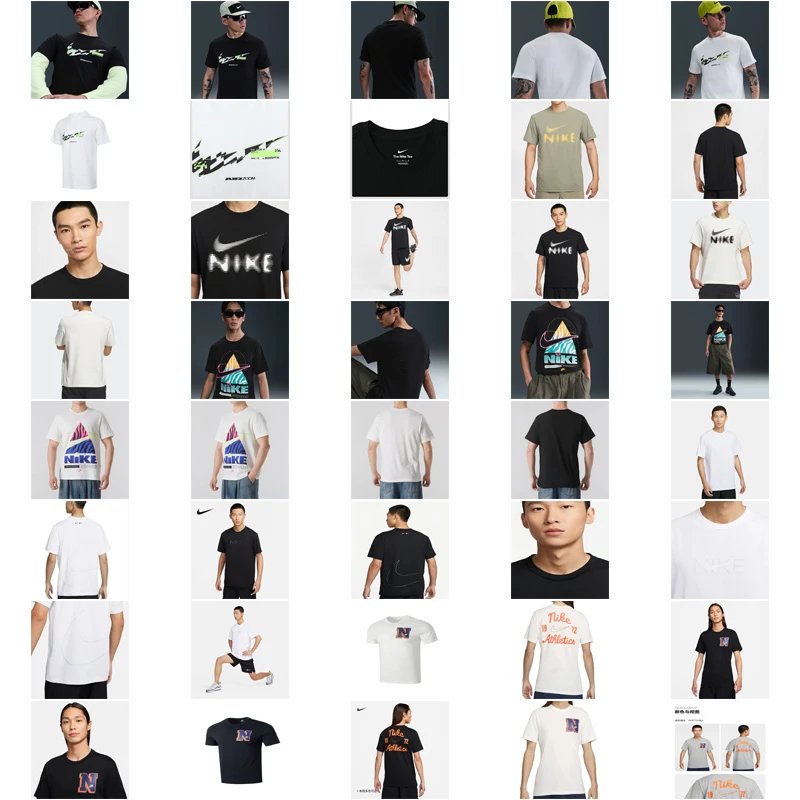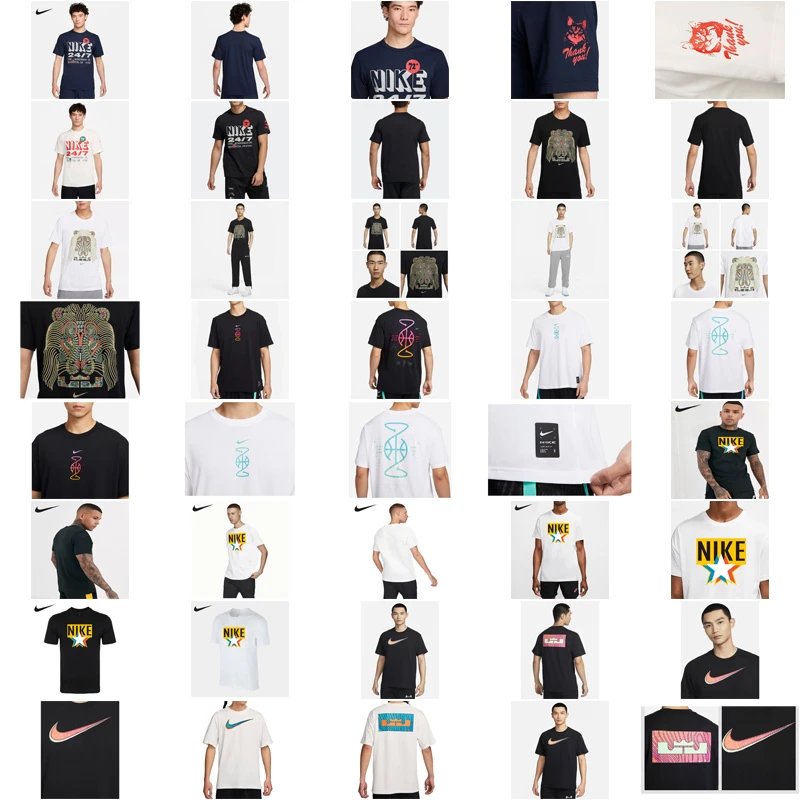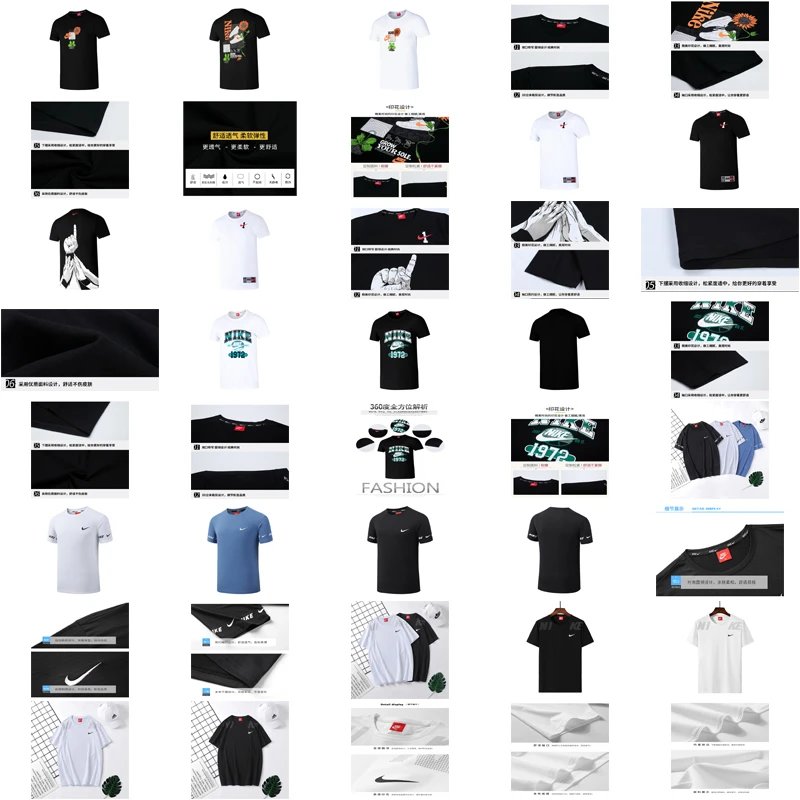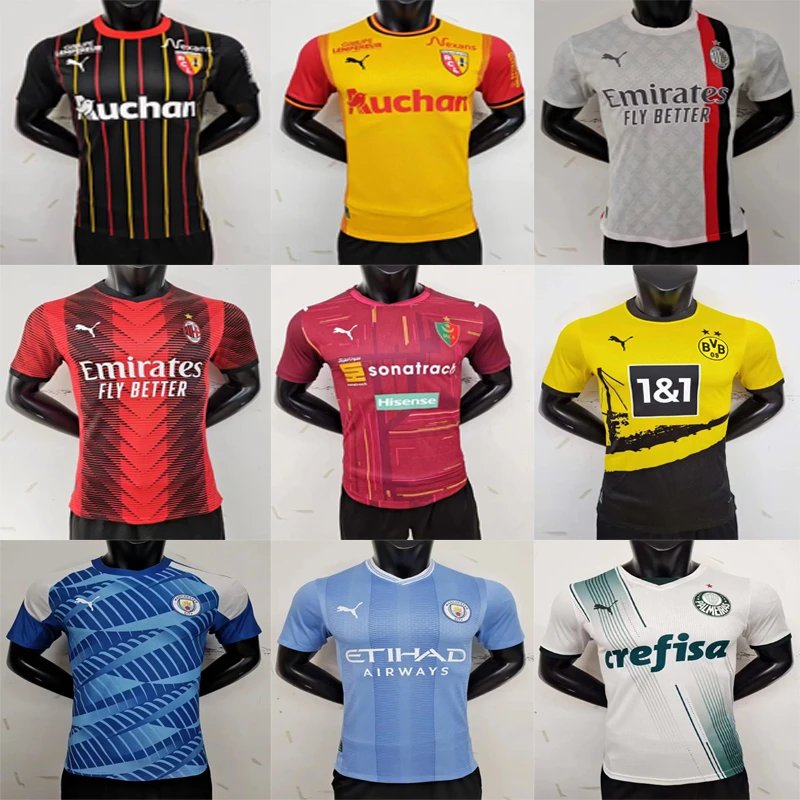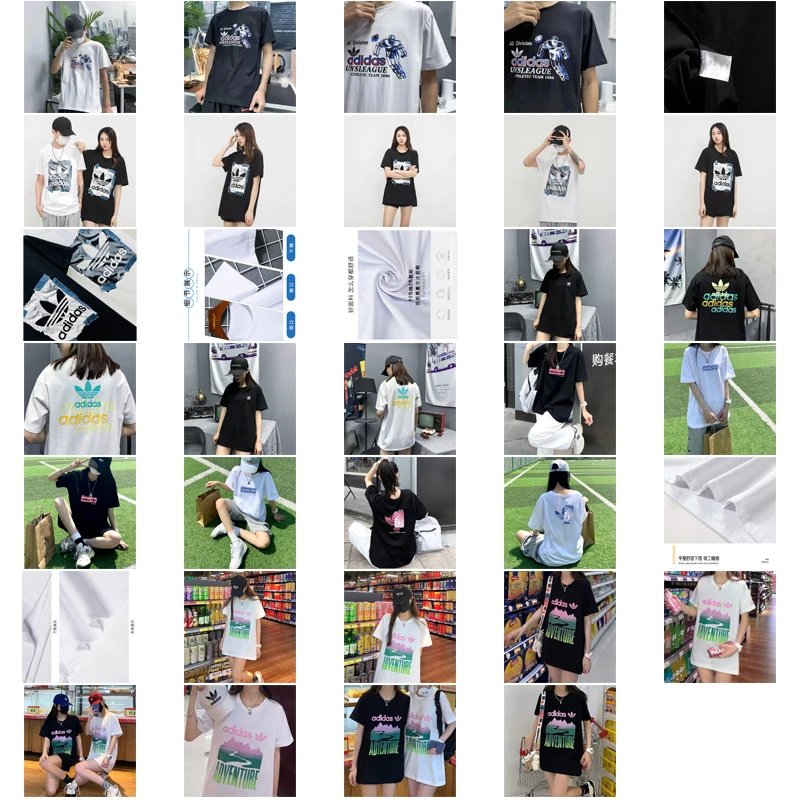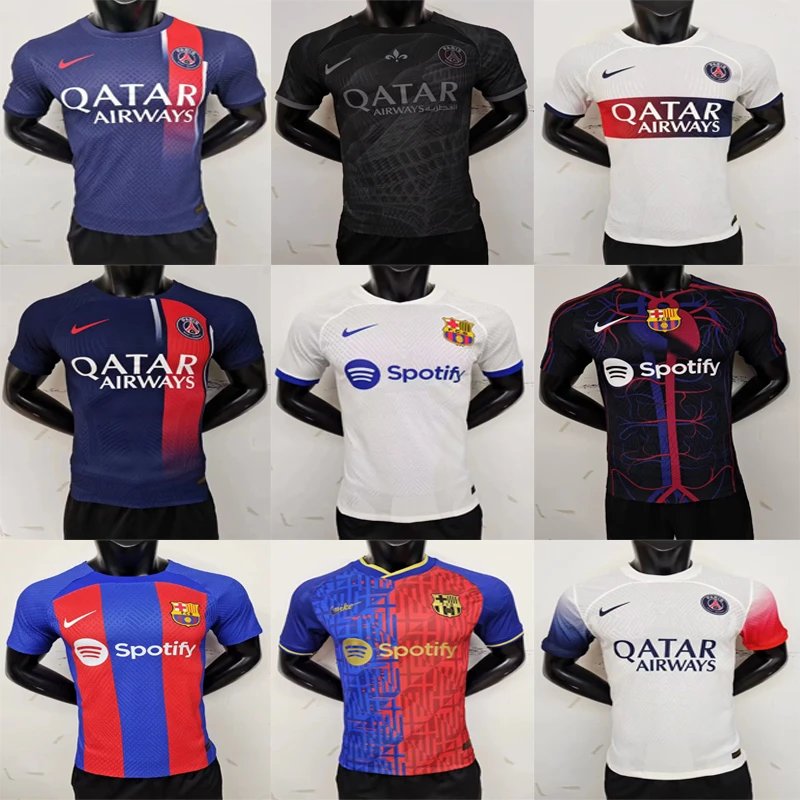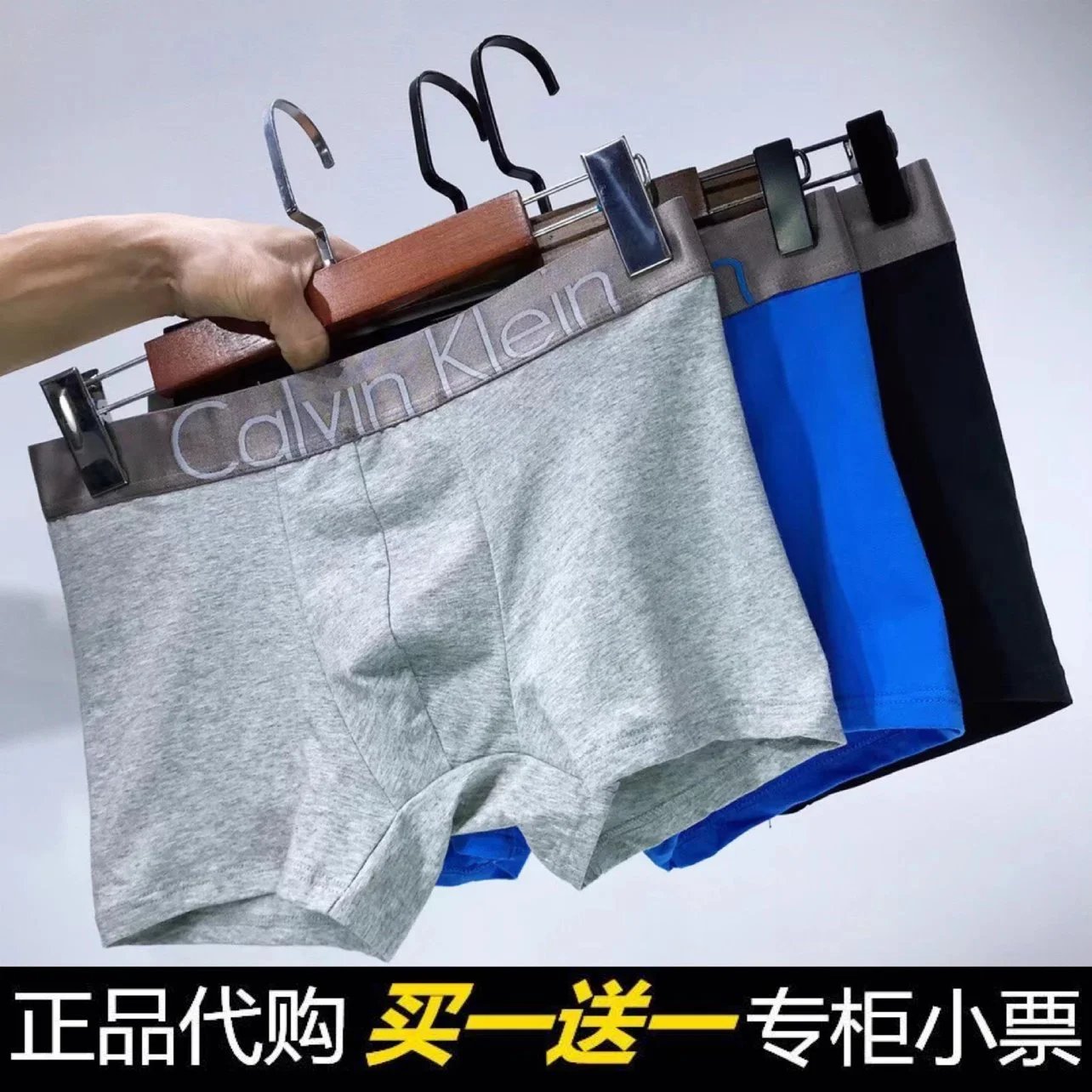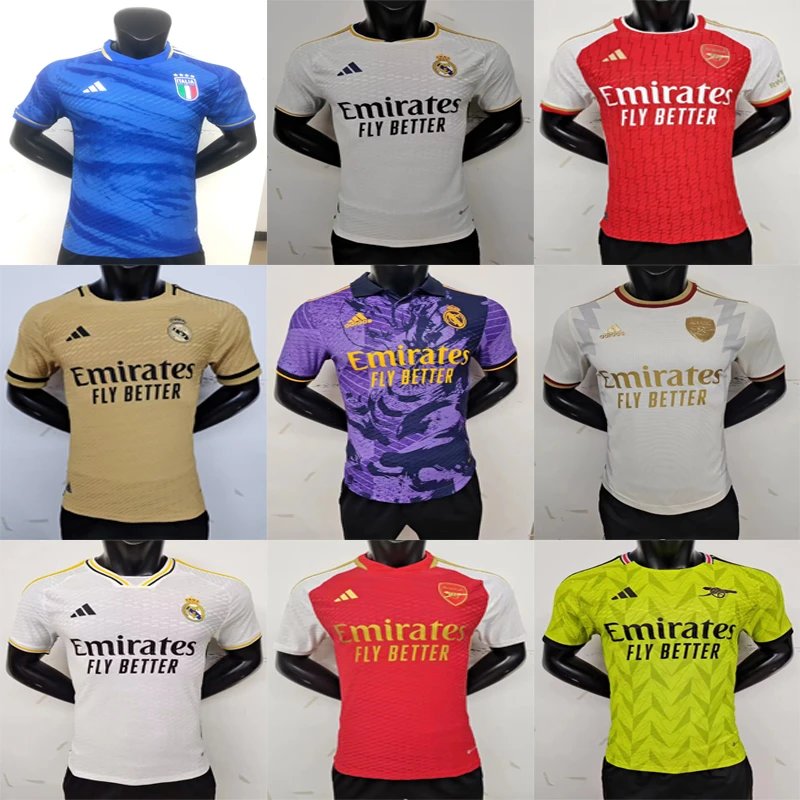Efficient Guide: Streamline Your W2C Purchases via LOONGBUry
For users leveraging W2C spreadsheets
1. Navigating W2C Spreadsheets and Identifying Products
W2C spreadsheets categorize products with key data like factory names, item codes, and quality scores. Use these details to filter items that match your preferences—whether it's a specific batch, material quality, or design accuracy. LOONGBUry’s platform supports this workflow by allowing you to directly paste product links
2. Submitting Orders with Precision
Copy the product URL from your spreadsheet and paste it into LOONGBUry’s order form. Include essential notes such as factory brand, item number, or version specifications
3. Quality Control (QC) and Communication
Once LOONGBUry procures the item, their QC team provides high-resolution photos and inspection reports. Compare these against the spreadsheet’s benchmarks to verify accuracy in color, stitching, tags, or hardware. Request revisions or returns if standards aren’t met. The platform’s integrated messaging system facilitates quick resolutions, reducing the risk of receiving subpar items.
4. Consolidation and Global Shipping
For multi-item hauls, LOONGBUry offers warehouse consolidation. Package and ship products together to save on international forwarding costs. Choose from flexible logistics options (e.g., air/sea freight) and track shipments in real-time. This end-to-step approach transforms fragmented W2C purchases into a unified, stress-free process.
Why LOONGBUry Suits W2C Spreadsheet Power Users
- Error Reduction: Precise order annotations and QC checks align with spreadsheet data to avoid mismatches.
- Time Efficiency: Bulk ordering and responsive客服cut downtime between sourcing and purchasing.
- Cost Optimization: Competitive exchange rates and consolidated shipping lower overall expenses.
By integrating LOONGBUry into your W2C workflow, you transform raw spreadsheet data into a streamlined procurement pipeline—minimizing pitfalls while maximizing value.

